Paint Me a Picture of Why Art Matters
Disproving the Myth of the Starving Artist
September 29, 2021
If you’re interested in a career in art, this is the standard response from parents, teachers, and friends alike. At most, there’s a lukewarm, half-hearted expression of support. As the public begins to consider art to be a frivolous and “impractical” subject; art programs across the world are being cut in favor of common core subjects. But what if that belief is what holds us back from conceiving the significance of the Art industry? During the summer break, I was enrolled in three Pre-College courses covering Art Academia subjects: Art History, Art Crime and Law, and a Painting and Drawing class. In that summer of enlightenment, I realized that this “insignificant” area of study played a part in the real world as much as any other subject.
“Why should I take Art History, when I can just take History?” Well, art is the best medium for visually reflecting on the past, present, and future’s ideals and realism, covering everything from social issues to cultural ideologies. The interrelation of Art History, Anthropology, Archaeology provides a perfect window into history’s past ideals and occurrences, even allowing us to predict future events based on the past. While art from the Hellenistic Period may not directly influence us, art from the Modernist movement may help us predict how our society’s values constantly shift.
I know I never would have considered Art Crime and Law as a real course. Though it appears to be nothing more than a frivolous liberal arts subject, Art Crime and Law aligns with more orthodox areas of study like Forensic Science, American and International Law Regulations, as well as International Trade Regulations. Despite obvious indications of art in daily life, from copyright claims on YouTube to Supreme Court cases between, the public still believes that Art surrounds us in almost every field imaginable. But if that were true, would you be able to download music whenever you want? Or download art inspiration or wallpapers from Pinterest with just one click? These day-to-day actions wouldn’t be possible without Art Crime and Law.
But beyond fields of study, what’s the significance of real paintings and sculptures? Here’s the thing: art will always find a way to reflect some truth or value to its subject. More often than not, it’s a commentary, on the self and on society. Marcel Duchamp, for example, rebuked capitalism and authoritarianism with the Dada art movement. An avant-garde statement that later came to be Duchamp’s most famous work, the Fountain, criticized the heavy capitalism behind artworks while challenging the idea that “anything can be art”. While Duchamp considered it satire, the Fountain bloomed into his magnum opus, changing the outlook for future generations of artists. Arts are a natural catalyst for subtle and unsubtle civil disobedience, a natural outlet for social commentary and self-expression.
I call for the reader to realize just how applicable and pragmatic the art industry can be, and how tangible the influence of art on society is. Art is so broad, all-encompassing, and diverse, that it’s not something that you can immediately grasp the significance of. Rather, it is something that unravels before your eyes the more you dive into the subject–you just need to plunge further into the field. A natural exploration of fine art will allow a blank canvas of understanding to bloom before your eyes, one paint stroke at a time.





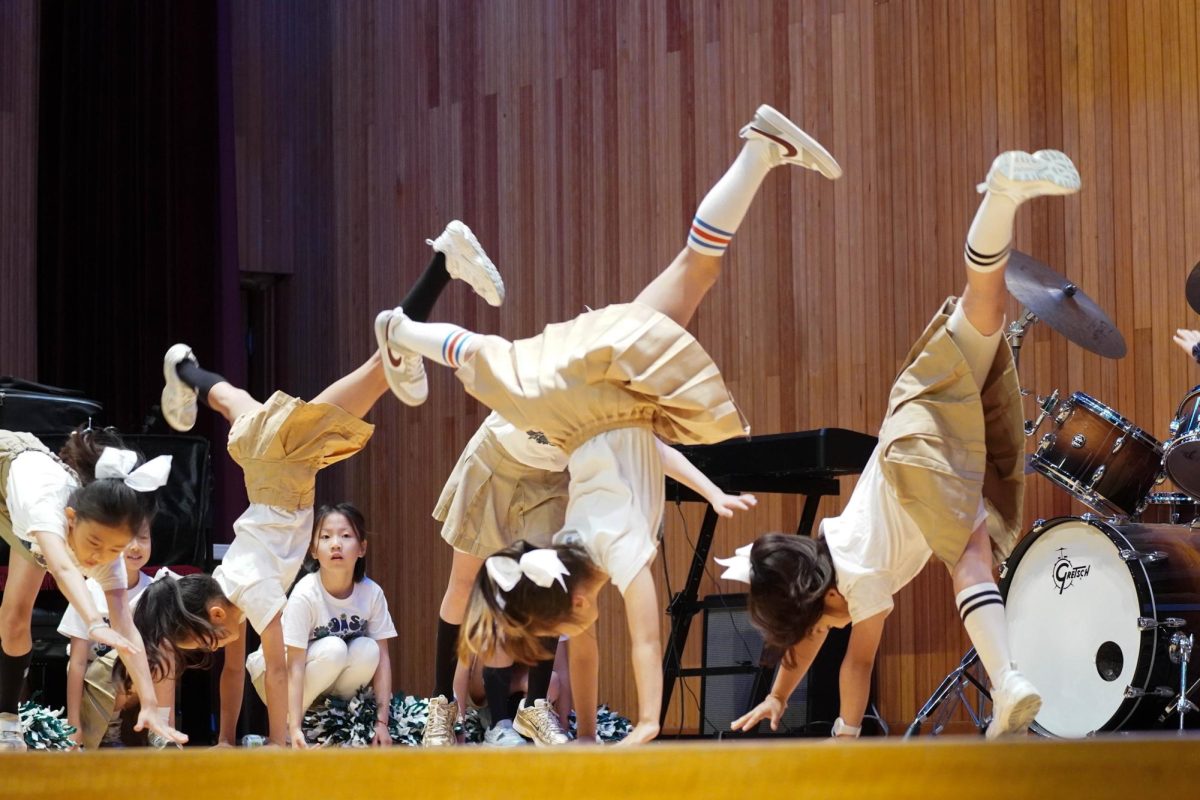




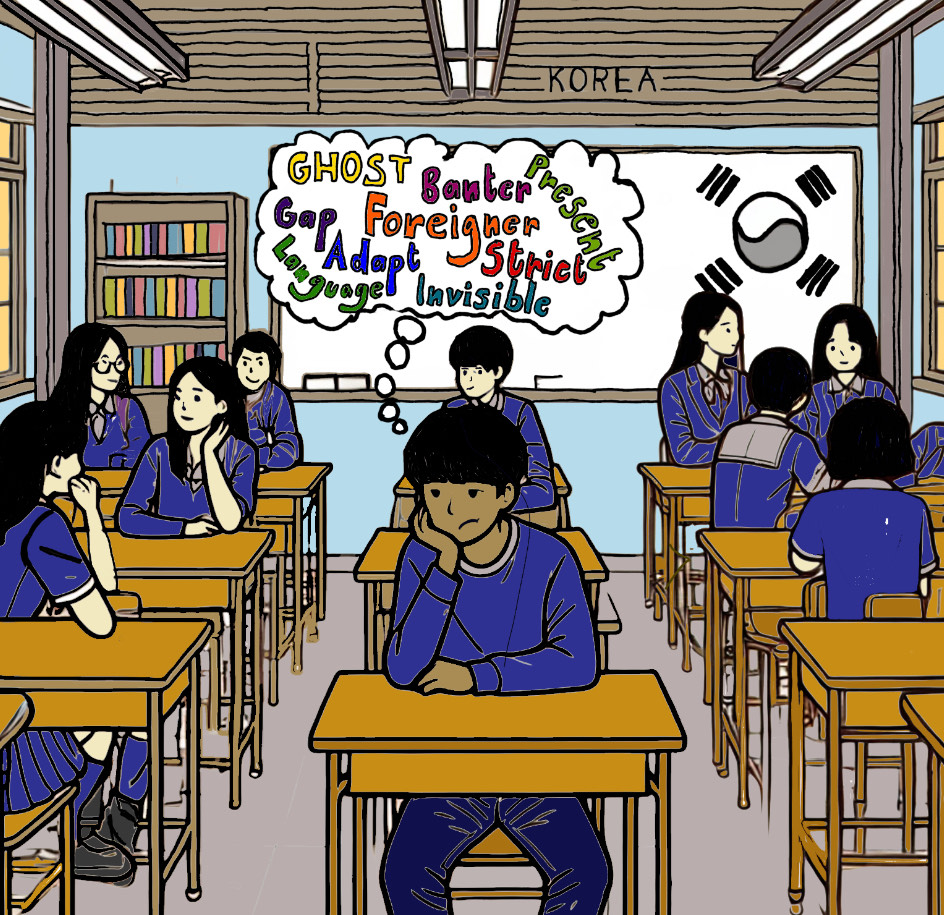




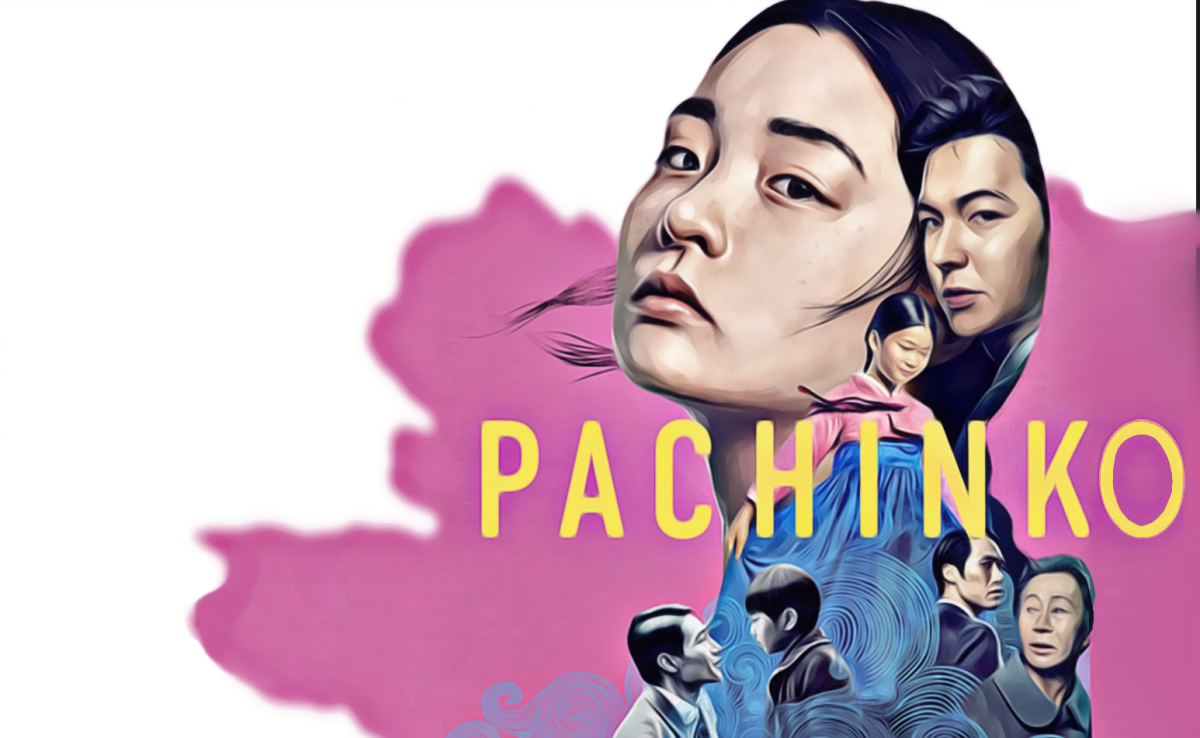





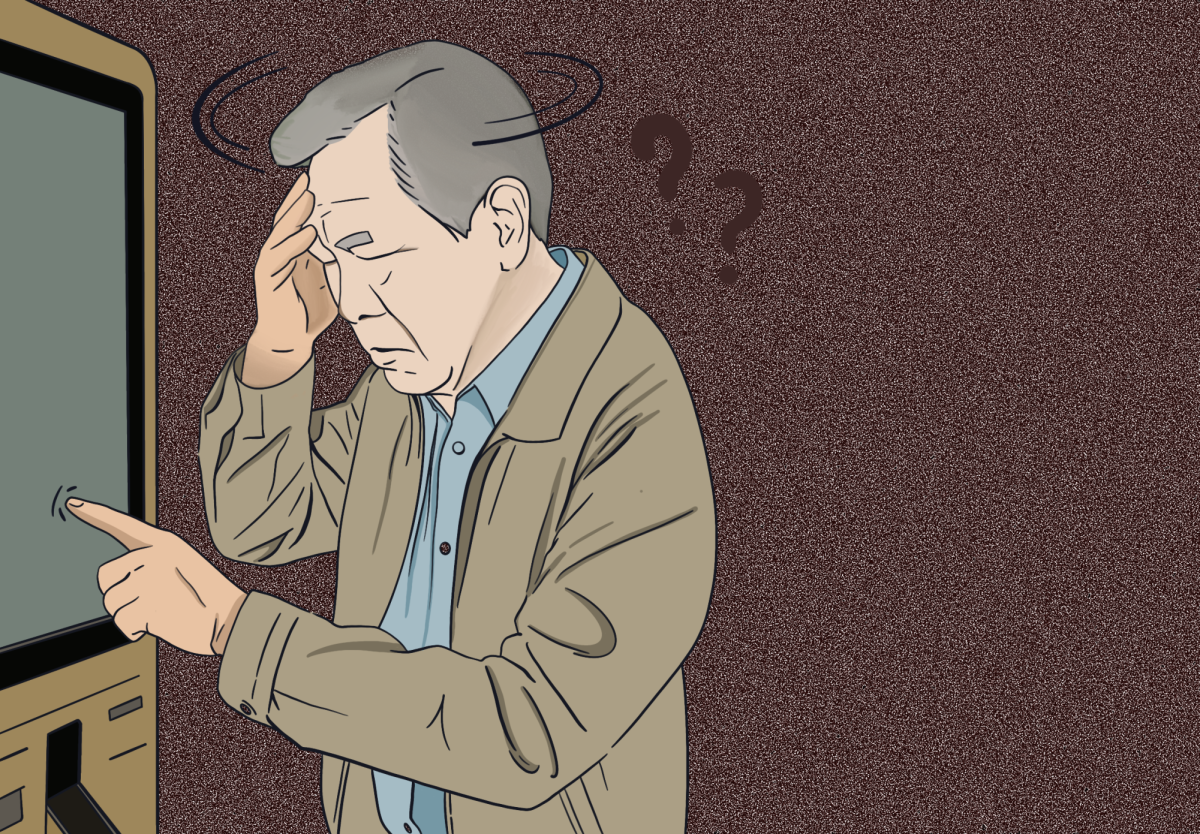

















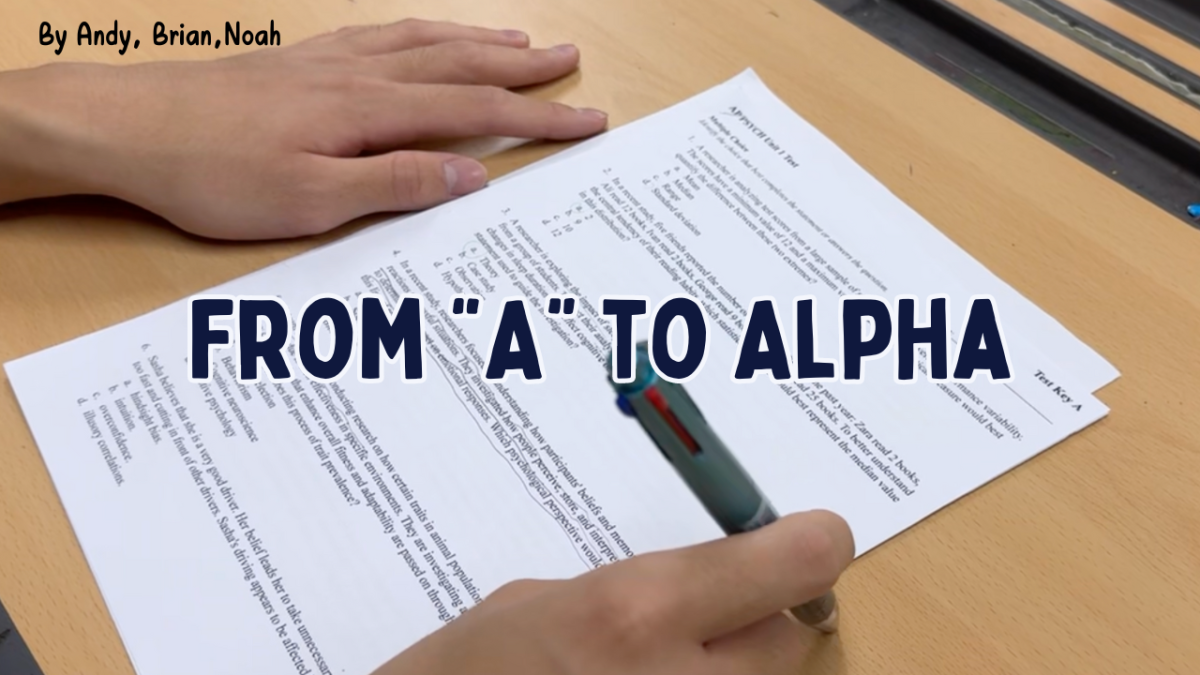
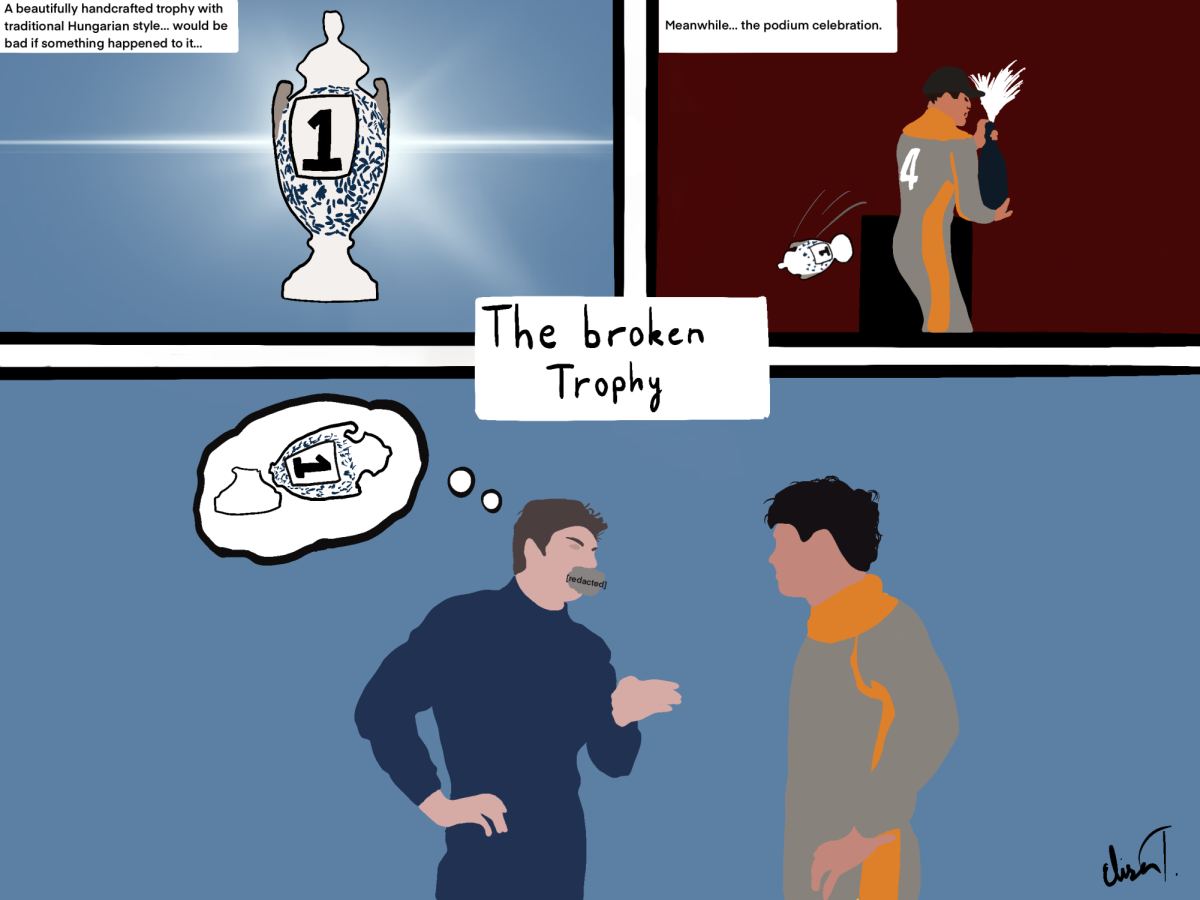
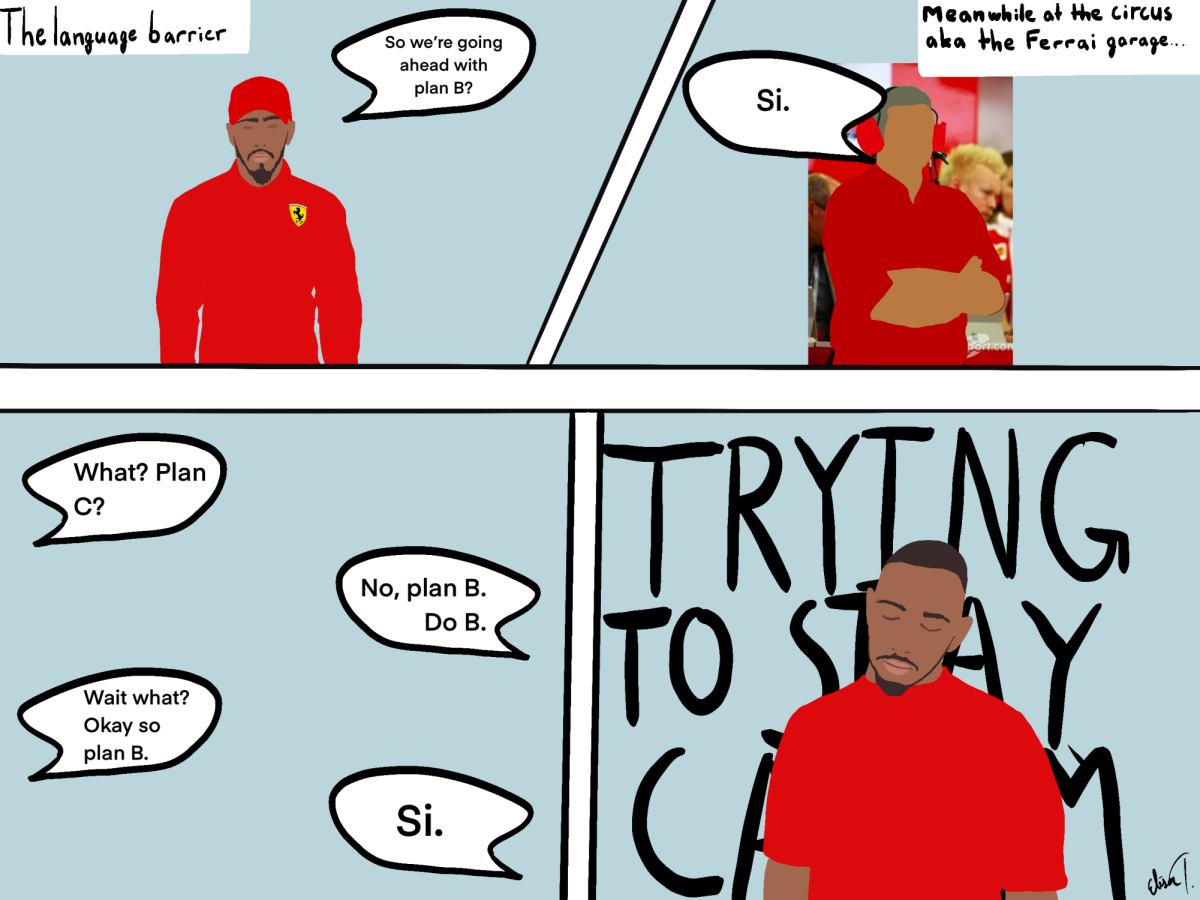






Matthew Mangione • Oct 22, 2021 at 6:43 am
Thank you for this unique perspective on something I have previously not spent much time thinking about.
I’m wondering how the author feels about the emergence of NFTs as a way to protect artistic creation and to also properly attribute and compensate artist as their art proliferates.
Jade Lee • Oct 3, 2022 at 10:25 am
I feel neutral with NFTs at the moment. After all, they were created to provide a platform for artists to share and profit from their work.
PURNIM CHA • Oct 9, 2021 at 9:01 am
Wow !!